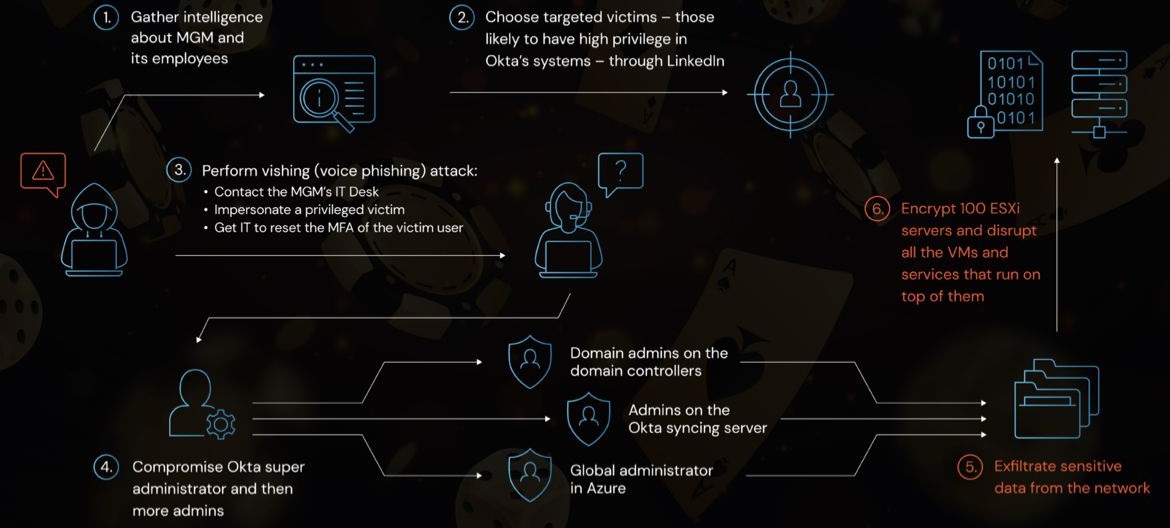
On June 27, 2023, JumpCloud, a cloud-based directory and identity management platform, discovered that a sophisticated nation-state sponsored threat actor had gained unauthorized access to its systems. The threat actor targeted a small and specific set of JumpCloud customers, and fewer than 10 devices were impacted.
The incident was a wake-up call for the cloud security community. It showed that even the most secure cloud platforms are not immune to attack. It also highlighted the importance of transparency and collaboration in the fight against cybercrime.
In the aftermath of the incident, JumpCloud was transparent about the details of the attack. The company shared information with its customers, law enforcement, and the broader security community. This helped to mitigate the impact of the incident and will help to protect other organizations from similar attacks.
The JumpCloud security incident is a serious reminder of the ever-evolving threat landscape. Organizations that use cloud-based platforms must take steps to protect their systems and data. By implementing strong security controls and monitoring their systems for suspicious activity, organizations can help to reduce their risk of being targeted by cybercriminals.
What can organizations do to protect themselves?
There are a number of things that organizations can do to protect themselves from cloud-based attacks. These include:
Implementing strong security controls: This includes things like multi-factor authentication, encryption, and access control.
Keeping their software up to date: This helps to protect against known vulnerabilities.
Monitoring their systems for suspicious activity: This can be done using security tools or by manually reviewing logs.
Being aware of the latest threats: This can be done by following security news and blogs.
The importance of transparency and collaboration
The JumpCloud security incident also highlighted the importance of transparency and collaboration in the fight against cybercrime. By sharing information with its customers, law enforcement, and the broader security community, JumpCloud helped to mitigate the impact of the incident and will help to protect other organizations from similar attacks.
Other organizations should follow JumpCloud's lead and be transparent about security incidents. This will help to build trust with customers and partners, and it will also help to protect the broader community from attack.
Conclusion
The JumpCloud security incident is a serious reminder of the importance of cloud security. Organizations that use cloud-based platforms must take steps to protect their systems and data. By implementing strong security controls and monitoring their systems for suspicious activity, organizations can help to reduce their risk of being targeted by cybercriminals.
In addition to the steps outlined above, organizations should also consider the following:
Using a cloud security posture management (CSPM) solution: CSPM solutions can help organizations to identify and remediate security misconfigurations in their cloud environments.
Using a cloud intrusion detection system (IDS): A cloud IDS can help organizations to detect malicious activity in their cloud environments.
Training employees on cloud security: Employees should be trained on how to identify and report suspicious activity in the cloud.
By taking these steps, organizations can help to protect themselves from cloud-based attacks.

